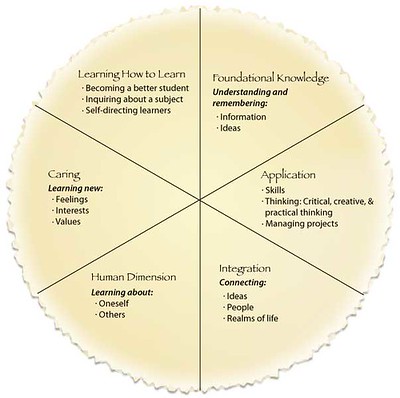With three weeks left to go, some students are beginning to show that look. Not the look as they plan to ask “can we go outside?” (non-snowy day edition!), but that wide-eyed look of end-of-term stress. The anxieties of this time of year, low-level and high-level, can resonate and amplify small challenges into much bigger and (seemingly) insurmountable ones.
So this is a quick tip, maybe a reminder, really, to think about how you might help students to manage and cope with the stress. You have your policies and how you handle deadlines in the structure of your course. Have you made class time for acknowledging the end-of-term stress and talking about how to cope?
Consider a brief conversation at the start of class sometime this week.
You might start with a quick assessment to find out how they are feeling. A show of hands (an activity such as “fist to 5” in which students give a quick rating), an anonymous poll, or a three-minute free-writing can be a good way to start the conversation. Maybe ask students to share how they are doing with the students seated around them. You will hear a lot of students claiming to be “overwhelmed” and an interesting discussion can arise by asking them what they mean when they say that.
You might also ask students to brainstorm (in large groups, small groups, or pairs) strategies for coping. A share-out can give you an opportunity to listen for and amplify your go-to strategies you recommend. When I try this with students I usually hear about:
Plans to track and organize tasks. Some students use lists on paper, a white-board in their room, or a wall full of post-it notes to keep track of assignments due. More and more students use their Canvas calendar to track them (assignments with due-dates really help!), while others still use the tried-and-true personal planner to survey their courses and write down the major assignments. Consider a quick metacognitive question to ask students what they know works for them, or to maybe try something new if they have been unsuccessful with a technique in the past.
Strategies for starting tasks. The list of assignments due often leads to reports of overwhelm. Some students will report that they like to start with the easily completed tasks to achieve a small win; others will report going after the biggest whales first. Some students who use the post-it notes or lists will mention the pleasures of crossing items off as they are completed.
Planning and prioritizing projects: If you can get the discussion this far, then this is where you can really start to address overwhelm. Much of the anxiety comes from worry about how to get everything done and the internal conversations that follow. Tactics for getting started can be a way to begin to address this overwhelm, but, for many, help in planning and prioritizing time can make a difference here. Just asking students to estimate how long projects will take and how they can break them up and schedule can go a long way in this discussion.
Planning “rewards”: I’m a little skeptical of the strategy of planning rewards; given how little planning I sometimes see from students, I wonder about the avowed plans to assure breaks and rewards in studying. Nonetheless, this can be a good time to talk about strategies for intentionality in study and work time, as well as ways to limit distractions. Students will share where they go to study and may remind about places on campus–such as library study rooms–that may not come quickly to memory. Likewise, they will share strategies for handling social media or use of laptop windows to avoid distraction. Here a conversation about scheduling time and then a break for social media can make a lot of sense for some students. Some students may appreciate some tips on how to talk with an inconsiderate roommate about quiet study time.
Taking care of themselves: A conversation like this can be a good time to check in on some of the healthy habits and asking students to reflect on how they take care of themselves during this period. Topics such as sleep, eating habits, water consumption and exercise will come easily to the surface and can be reinforced. Depending on your comfort level, you can allow the conversation to go to other topics that may be more sensitive, such as weeknight partying. A quick point of the conversation may just be to get the students to think about and reflect on what they do and where they could make a productive change.
Extra credit? Consider an activity that allows students to commit to a small change that might help them to be more productive and reduce anxiety. My go-to is the Seven-Day Challenge, which is a smaller version of the 30-day challenge; I ask students to make one small change that they think will help and to document their accomplishment over seven days. I’m just thinking about ways for students to commit to a goal and then to check in on it and reinforce progress.
Students will have a lot of other ideas for each other if the conversation gets a little air. A little time for a conversation like this will help them to reflect on the things that can cause some of the overwhelm that some of them feel and give them a boost of a sense of self-efficacy.



